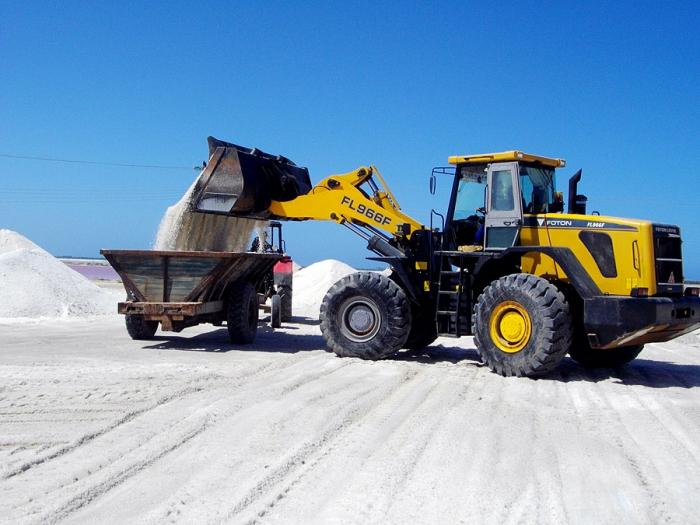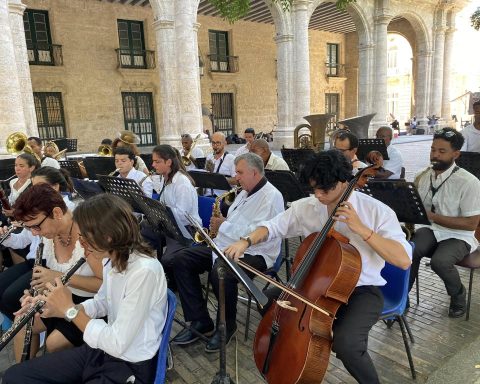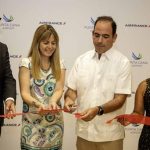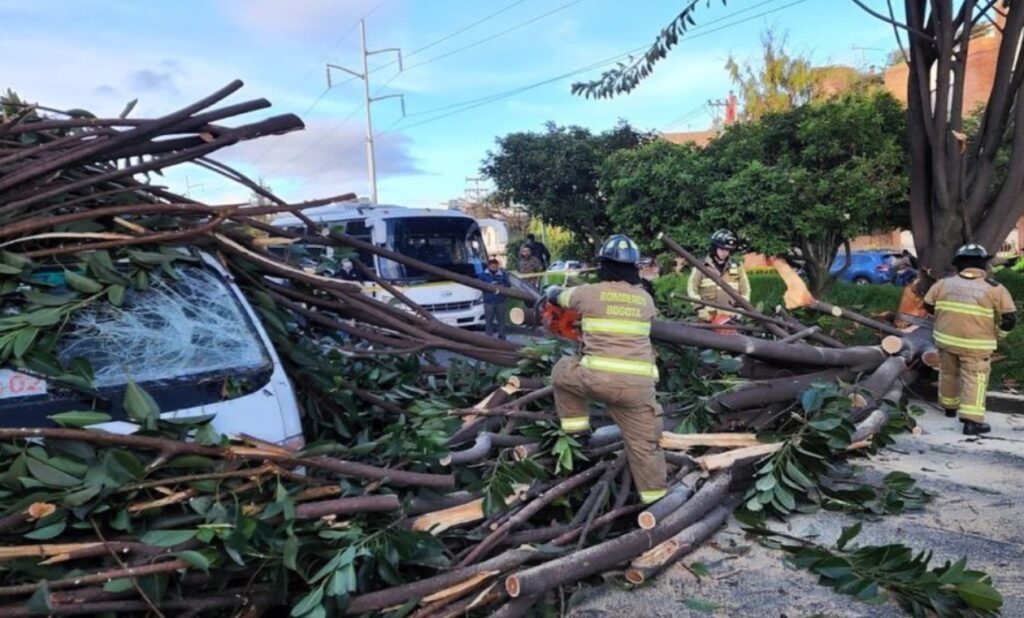There is no salt for free sale in Cuba. For months, it is not usually found in national currency, nor in stores in freely convertible currency (MLC). Only the regulated one is guaranteed in the basic basket and the one destined for social consumption, although its quality is far from being “optimal”.
The lack of seasoning on the Island causes confusion. Logic would indicate that its transit from the sea to the table of consumers would take place without major obstacles. But it’s not like that.
The National Salt Company (ENSAL) is the entity in charge of extracting, processing and distributing salt in Cuba. The process – it could not be otherwise – is based on the evaporation of seawater in six salt pans distributed throughout the country.
They are the base business units “Frank País” and “Joa”, both located in the Guantanamo municipality of Caimanera; the “Las Tunas” salt mine, in Puerto Padre; “El Real”, in Nuevitas, Camagüey; the “April 9”, in Sagua la Grande, Villa Clara; and the “Bidos”, in Martí, Matanzas. Its productions have three fundamental destinations: human consumption, animal consumption, and industry. In theory, the installed capacity is enough to satisfy the national demand.
years of instability
Difficulties with the production and supply of salt are not new. Although for Cuba the last decade began with promising results, that trend was interrupted five years ago, to open a period of recurrent scarcity that in recent times has reached its maximum levels.
In 2010, the national industry covered the entire demand of the domestic market, after recovering from the effects of Hurricane Ike, which had forced the country to invest some 9 million dollars in importing salt.
The recovery reached the point of authorizing the free sale of the product in March 2012, at prices that today seem unbelievable: five pesos per kilogram of wet and iodized fine salt, and four pesos for coarse centrifuged salt.
The good news did not last long. Between 2014 and 2017 it they would paralyze the plants in Camagüey, Puerto Padre, and Matanzas, the latter for three years. At one point, the two Guantánamo salt mines —which regularly produce more than 60 percent of the salt consumed in Cuba— had to guarantee the entire production. Despite this, there was no particular shortage in the stage and the free sale could be maintained.
Luck began to change in September 2017, when Hurricane Irma affected all the salt mines on the Island.
The salt flats are a kind of open-air factories, whose efficiency depends on the occurrence of little precipitation and high evaporation. Just the opposite of the effects caused by cyclones and other similar phenomena.
To the ravages of the intense rains, the Cuban salt industry had to add at that time the poor state of most of its plants and the growing lack of transportation, particularly the railway. To them, more recently, the lack of iodine and bags for packaging were added; both imported resources.
For the most important problems, the crisis context represented “the coup de grâce”. Although investment processes were carried out in several factories in the last decade, old and new equipment could not always receive the necessary maintenance to face the high level of corrosion caused by the marine environment. And the purchase of spare parts has been little more than occasional, leaving the sustainability of the activity in the hands of innovation.
With so many pending, the salt industry has it very uphill. Several months after the passage of Hurricane Irma, Oslirio Hernández Pola, the Director of Operations of ENSAL, declared a Granma that the so-called “technological flows” were not yet fully functioning. That year, the press began to report the shortage of the market in national currency.
What came after was no better. The scarcity of fuels and energy effects have inevitably limited production; both due to lack of diesel and blackouts, explained the director of ENSAL, Jorge Luis Bell Álvarez, to Granma in October 2021. According to the official, only due to lack of electricity, 344 hours of work were lost last year, equivalent to about 3,400 tons, according to the capacity production of each plant.
Electricity crisis in Cuba: foreign investment and more fossil fuels
To maintain electricity service in residential areas and basic facilities, the Government has had to cut energy allocations corresponding to the productive sector. High-consumption industries, such as the salt industry, have been among the most affected.
More scarcity, less quality
Rationed salt has poor aesthetics. The country produces dry salt and wet salt. The second, of less quality and acceptance among consumers, is the one that is most frequently received through the basic basket.
Obtaining sodium chloride is a demanding process, which can take up to 90 days. The seawater arrives, by gravity or pumping, at successive evaporation and concentration ponds, and is then washed and “refined” before going to the plants where it will be centrifuged, ground and packaged. At least that’s how the process should be.
However, as has recognized Jorge Luis Bell Álvarez, the centrifuges used by the salt mines are not adequate, since they come from the sugar mills. And as for ovens, there is only one, installed in Guantánamo. The reality is far from what the manager himself outlined at the beginning of 2017, when I anticipated that “by the year 2019 all the salt plants in Cuba” would have “salt drying, for better quality.”
In 2022 the product still reaches consumers with a poor presentation. And, furthermore, with the additional limitation of being the ration book the only way to acquire it.
A study of the year 2015 reported that the daily consumption of salt in Cuba was 10 grams (g) per person. Already at that time, the distribution of salt through the basic basket was adjusted to the decomposition by nuclei scheme, used on the Island since 2009, with the intentional purpose of reducing the intake of sodium chloride in the population for health reasons.
The scheme for the sale of salt regulated by decomposition of nuclei regulates the number of one-kilogram packages that are sold per quarter to each of the families. In correspondence with the number of people that make up each household, the bags of the product are sold. In this way, the nuclei of between 1 and 2 people receive only one packet of salt each quarter; those of 3 and 4, receive two packages in the quarter, and so on, successively.
However, since the free sale of the condiment began in 2012 in the network of national markets and its sale in CUC was also maintained in stores that collect foreign currency, these additional channels constituted alternatives helped by Cubans so that in the table will not lack the salt that, after all, does not stop ingesting daily.
With both options now extinct, the outlook for purchasing the product has suddenly turned bleak.
Of the fine salt that was sold under the brand Caribbean, at 0.45 cents CUC, which at some point was sold at a similar price in MLC, has not been available in the current year. Meanwhile, on the black market the price of a sack of salt can exceed 2,000 CUP, and a pound is close to 50 CUP.
The options left to Cubans are not a panacea: juggling in the kitchens so that the regulated salt reaches each home or “bleeding” the pocket to access it at the price available at the time, aware that the greater the scarcity, the greater the prices. In no way the consumer wins.

















